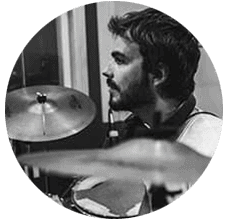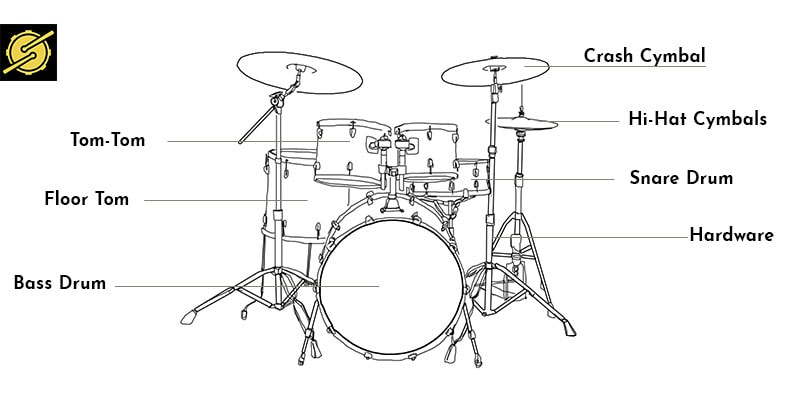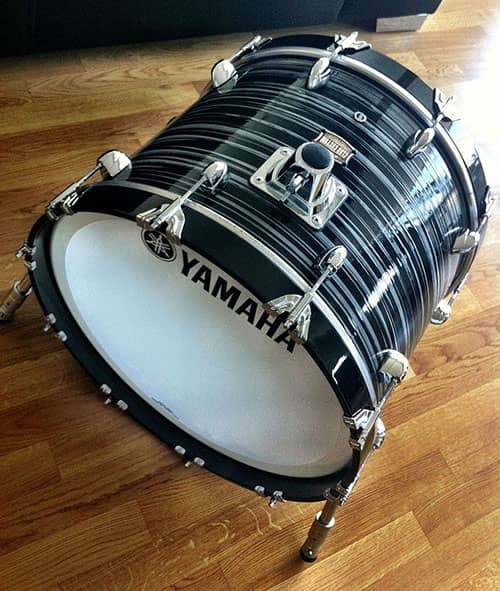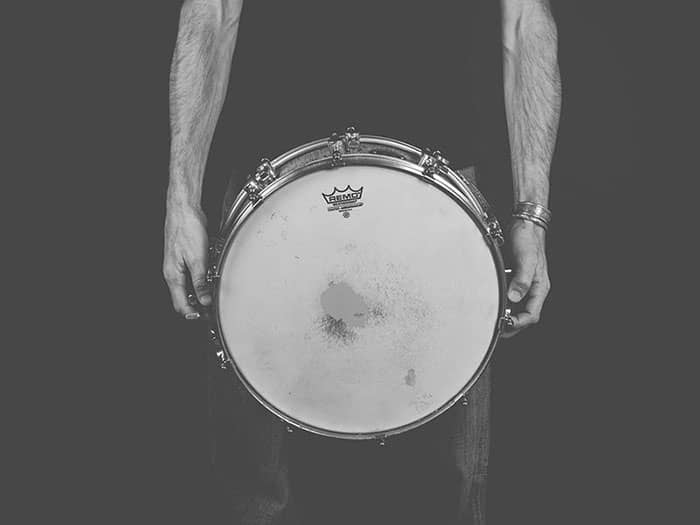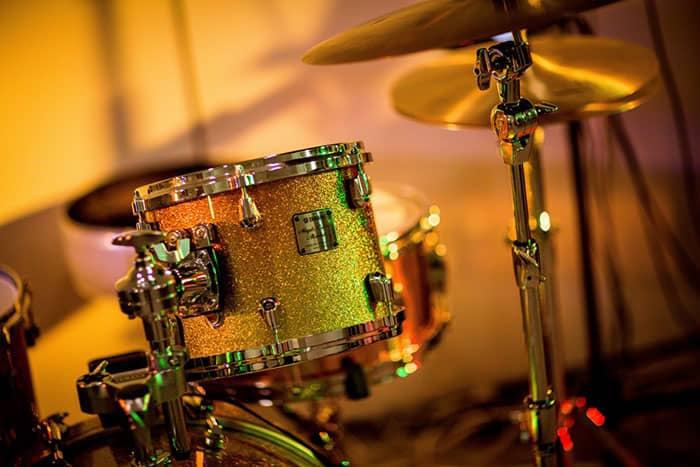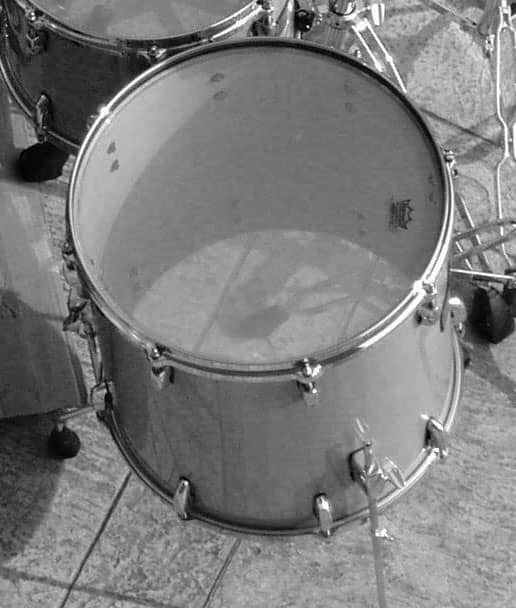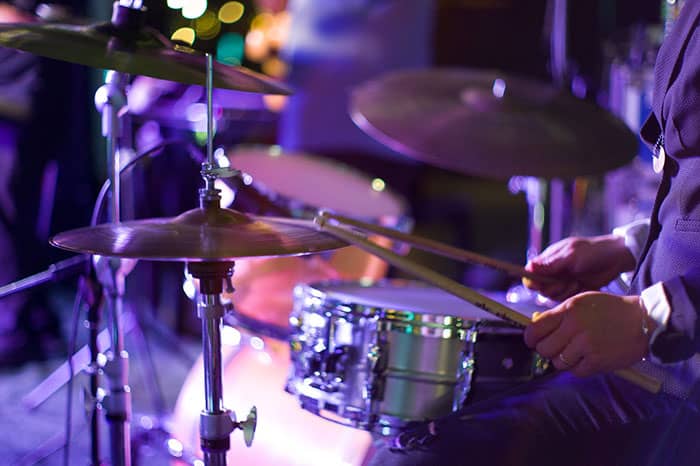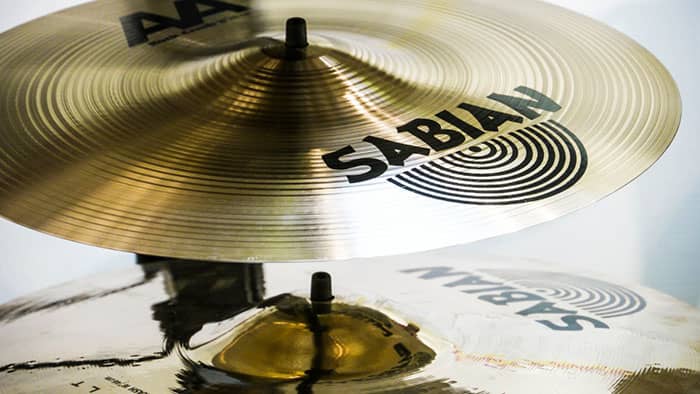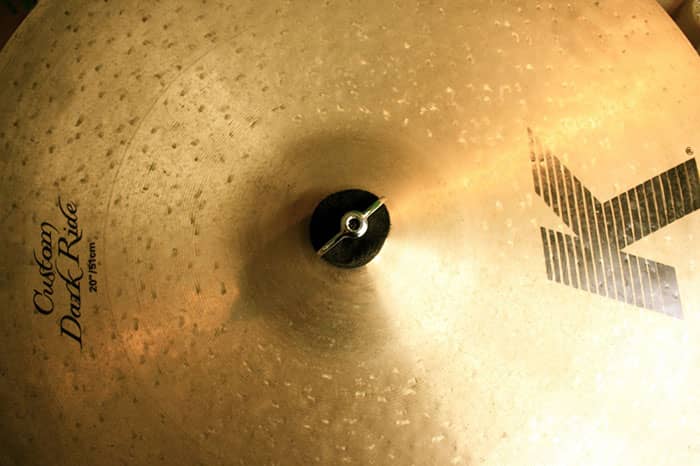What are parts of drum set called?
Drums can be categorized into 3 main categories. These are the drums, hardware, and cymbals. The drums are all the shells in a drum setup. These are what produce all the big sounds and effects. You get the rack toms, floor toms, bass drum, and snare drum.
The cymbals are the metal discs that surround a drum setup. These produce tones that are more resonating than the drums. The main cymbals are the hi-hats, crash, and ride.
Hardware is what holds the drum setup together. Drums and cymbals are placed on metal stands. The stands are highly adjustable, allowing drummers to get unique setups that are suited for them.
What does each part of the drum do?
Drums are very cleverly designed. Each part of a drum affects how the drum feels and sounds. The main determining factor of sound is the wood that is used for the shell.
Then the type of metal hoops and drumheads used add to the overall tone of the drum. The cool thing about drums is that many of these things can be changed. You can swap drumheads and counter hoops out to get a completely different sound if you’d like.
What is the part of the drum that you hit called?
The surfaces of drums are called the batter heads. Batter heads are where you hit the drums. The other sides of drums are called the resonant heads. These two sides work together to produce the overall tone of a drum.
The batter heads absorb the impact of a drumstick and then the resonant head produces a resonating tone. You can tune these two sides to get a specific tone out of the drum.
The best way to get a fantastic sound is to equip a drum with high-quality drumheads on each side.
What are the five parts of a single drum?
The five parts of a single drum would be the batter head, resonant head, shell, lugs, and hoops. All these parts play a role in how a drum sounds. The lugs are used to tighten the heads to the drum while the hoop determines the timbre of the drums.
The main types of hoops are die-cast and triple-flanged hoops. Die-cast hoops are used in more expensive drum sets while triple-flanged hoops are the standard.
